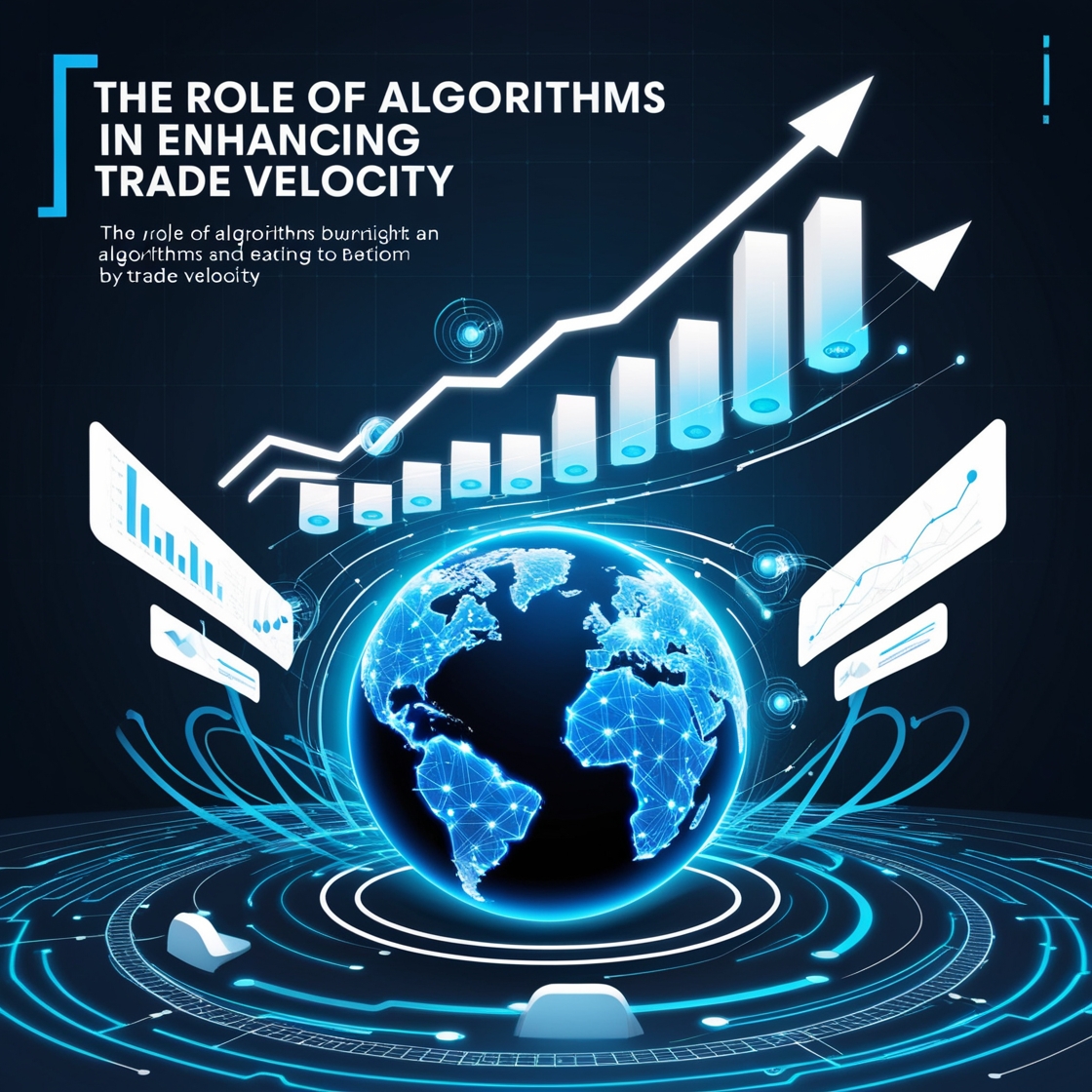Introduction
In today’s fast-paced financial markets, speed is everything. Enter the concept of trade velocity—the measure of how quickly transactions occur within a market. High trade velocity not only boosts liquidity but also ensures smoother market operations. However, achieving such speeds would be impossible without the power of algorithms. These mathematical models are revolutionizing trading, enabling quicker, more efficient transactions while minimizing errors.
Understanding Algorithms in Trading
What Are Trading Algorithms?
At their core, trading algorithms are pre-programmed instructions that dictate how trades should be executed. These instructions consider factors like price, volume, timing, and other market dynamics. Algorithms remove the guesswork from trading, replacing it with precise, data-driven decisions.
Evolution of Algorithmic Trading
The journey of algorithmic trading began in the 1970s, but it gained traction in the 2000s with advancements in computing power. Today, algorithmic trading accounts for a significant share of global trading volumes, especially in equities and forex markets.
Common Types of Algorithms Used in Trading
Market-Making Algorithms
These algorithms enhance liquidity by continuously quoting buy and sell prices, ensuring tighter bid-ask spreads. They act as the backbone of efficient trading markets.
Arbitrage Algorithms
Designed to capitalize on price differences across markets, arbitrage algorithms identify and exploit these inefficiencies in milliseconds. Whether it’s cross-market or statistical arbitrage, these strategies rely on speed to remain profitable.
Trend-Following Algorithms
By analyzing historical and real-time data, these algorithms identify patterns or trends, enabling traders to ride market waves. They excel in volatile markets where timing is crucial.
Key Benefits of Algorithms in Trade Velocity
Faster Decision-Making
Algorithms process market data and execute trades in microseconds, far beyond human capability. This speed is critical in high-frequency trading (HFT), where every millisecond counts.
Reduced Human Error
Unlike manual trading, algorithmic systems operate without emotional biases. This reduces the chances of errors caused by impulsive decisions or fatigue.
Cost Efficiency in Execution
Algorithms minimize transaction costs by optimizing trade execution, ensuring traders achieve better pricing and lower slippage.
Real-Time Data Analysis
Modern algorithms continuously monitor market data, making split-second decisions. This ability to process information instantly directly impacts trade velocity and profitability.
Scalability of Trading Operations
For large institutions, managing hundreds or thousands of trades simultaneously is only feasible through algorithms. This scalability allows firms to tap into multiple markets at once.
The Role of Artificial Intelligence in Algorithms
Machine Learning Integration
AI has taken algorithmic trading to new heights. By training models on historical data, machine learning algorithms can predict market trends with remarkable accuracy.
Predictive Analytics for Market Trends
AI-powered algorithms excel in forecasting market movements, enabling traders to stay ahead of the curve.
Adaptive Algorithms in Changing Markets
Unlike static algorithms, AI-based systems evolve with the market, adapting to new conditions and ensuring continued relevance.
Challenges in Algorithmic Trading
Regulatory Concerns
As algorithms dominate trading, regulators are increasingly scrutinizing their role in market manipulation and fairness.
Flash Crashes and Market Volatility
The speed of algorithmic trading can amplify market shocks, leading to flash crashes that disrupt markets temporarily.
Ethical Implications
Automated systems raise questions about fairness, transparency, and accountability in trading practices.
Managing Risks in Algorithmic Trading
Robust risk management is essential. Backtesting algorithms on historical data and implementing fail-safe mechanisms can mitigate potential issues.
The Future of Trade Velocity with Algorithms
Emerging technologies like blockchain and AI will further transform trading. Decentralized models may reduce reliance on centralized exchanges, while advancements in quantum computing could push trade velocity to unimaginable speeds.
Conclusion
Algorithms are indispensable in modern trading, enhancing speed, precision, and efficiency. As markets evolve, balancing rapid trade execution with ethical and regulatory considerations will remain critical. The future promises even greater innovation, solidifying the role of algorithms as the driving force behind trade velocity.
FAQs
- What is trade velocity, and why is it important?
Trade velocity refers to the speed of transaction execution in a market. It ensures liquidity and efficient market operations. - How do algorithms improve trading outcomes?
Algorithms enhance trading by processing data quickly, minimizing errors, and optimizing trade execution. - What risks are associated with algorithmic trading?
Risks include regulatory challenges, flash crashes, and potential ethical concerns surrounding transparency. - How does AI enhance algorithmic trading?
AI enables predictive analytics, adaptive algorithms, and real-time market adjustments, improving accuracy and efficiency. - What is the future of trade velocity with technological advancements?
Emerging trends like blockchain, decentralized trading, and quantum computing promise faster, more efficient markets.
